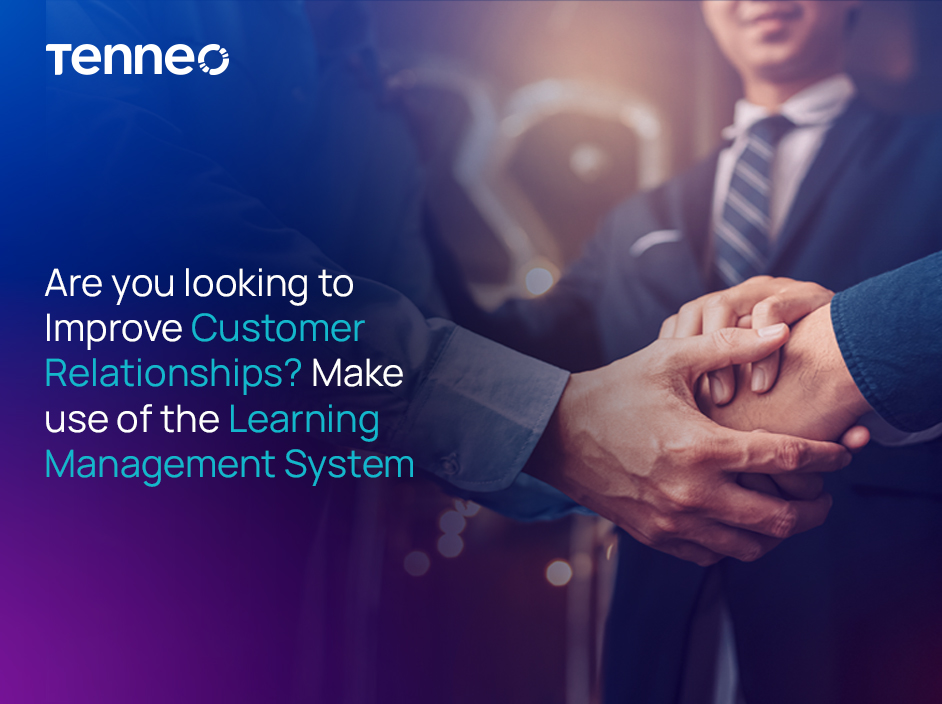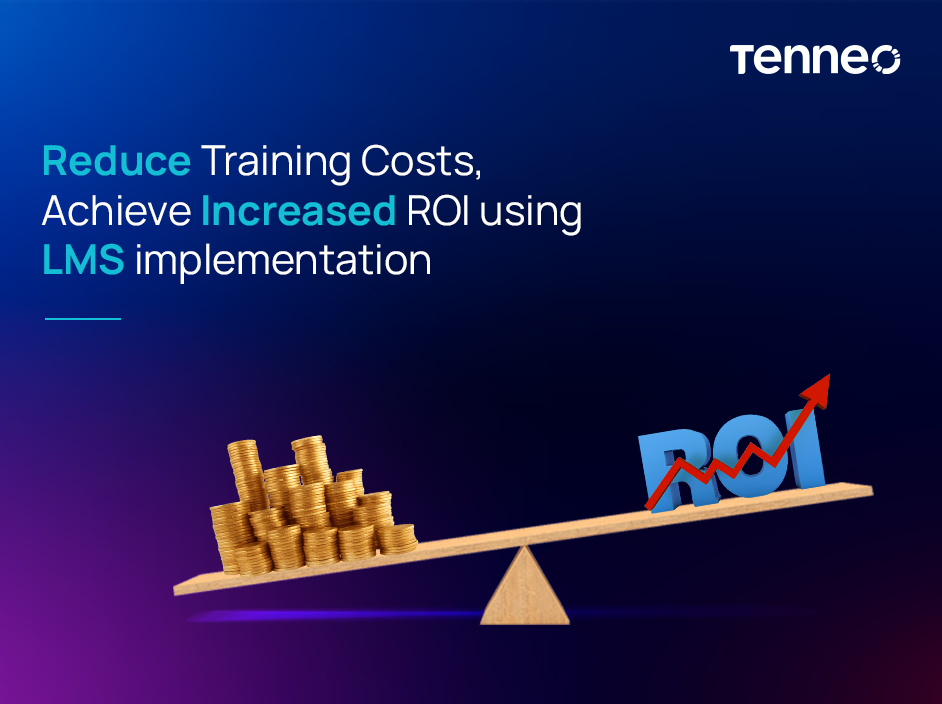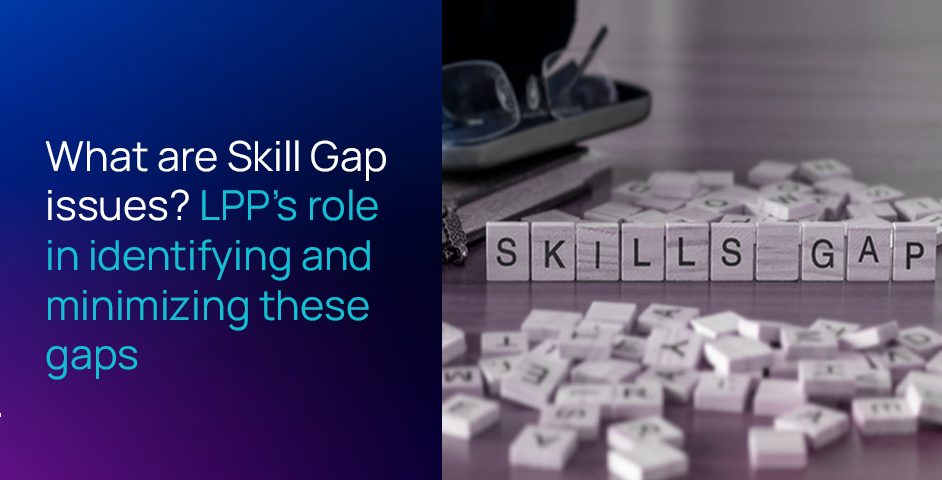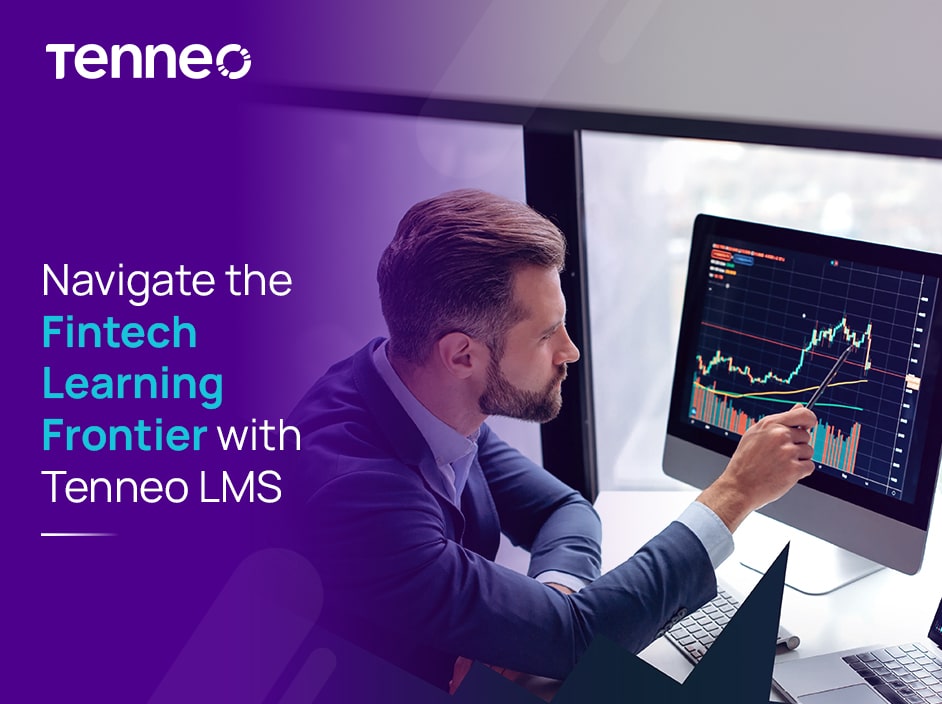Technological changes and digitization are reshaping the working culture in an organization. Over a while, continuous changes in the existing processes and innovations have urged organizations to adapt to these new changes. This has led to skill gap issues where there’s a mismatch between the skills required by the organization and the employee’s desired skills. Certainly, the business leaders have observed an impact on the overall business growth hence the topmost priority for the leadership has been to minimize these skill gaps issues and upskill their workforce at a faster rate.
Let’s understand more about these skill gap issues in some of the specific industry domains.
Manufacturing sector
The need for tech skills is one of the foremost requirements for manufacturing units as this sector is moving towards replacing manpower with machines. Thus, employees with technological expertise are in demand. Another challenge that is leading to skill gap issues is cost reduction wherein organizations are unable to spend on the learning and development needs of the workforce.
Information Technology
For the IT sector, the introduction of new programming languages is posing one of the major challenges, and companies are struggling to find professionals with these niche skills. Also, the curriculum not being updated at the college level has led to skill gap issues with IT employees’ skill set not meeting the modern-day requirements.
Healthcare
The healthcare sector is one where the staff needs to interact with patients regularly. This sector is facing a soft skills gap issue. The patient’s level of expectation has increased, and the new hires are more equipped with the digital mode of communication due to online sessions, hence they lack confidence in situation handling when it comes to face-to-face interaction with the patients.
Even, the employees are eager to minimize their increasing skills gaps and be at par with the latest knowledge required for sustainability in a competitive environment. Hence, it becomes the organization’s responsibility to invest in upskilling their workforce as skill development helps them with meeting organizational standards, cutting replacement costs, and achieving business goals. As per LinkedIn’s 2022 Workforce Learning Report, L&D professionals listed upskilling and reskilling employees as the primary focus of L&D programs.
Now, the question of what approach should be adopted to minimize these issues arises. The skills gap issues would be minimized by providing a specific set of knowledge to the workforce as per their expertise in the domain. The learning would be called as effective if it’s based on the employee’s performance however LMS is a platform that’s not fully based on performance parameters, as a result, it paves the way for a new category of learning platform that is fully based on KPI parameters. Hence, the learning performance platform came into the picture that easily identifies the training needs and automates the entire decision-making.
Role of LPP
The skill set of an individual can only be updated when you can identify their needs based on their existing performance. The training is normally assigned to an employee as per their training need only and that’s not an efficient way of upskilling the workforce. Even for a larger enterprise with an extended workforce, it would take days for a trainer to manually identify the gaps for each of the individuals. However, LPP makes it easier to identify the training needs by following the rules created in the system based on the performance matrix. This in return helps the learner to understand the context in which they have been assigned the learning and to apply those learnings in a real-life situation faster.
- LPP automatically suggests learning interventions to bridge the performance gap.
- Allows rules to be created based on KPI parameters and take decisions accordingly.
- Seamless integration with the Business systems and extraction of the KPI data.
LPP is the platform best suited for organizations to implement performance-based learning. The sooner the issues are identified the faster the employees perform better as they get relevant learning material, and a continuous cycle of learning is established. LPP focuses on individual and group learning as per the desired KPI parameters and their defined targets. Talk to our learning experts at Tenneo (formerly G-Cube LMS) to know more about LPP and our other range of products.





